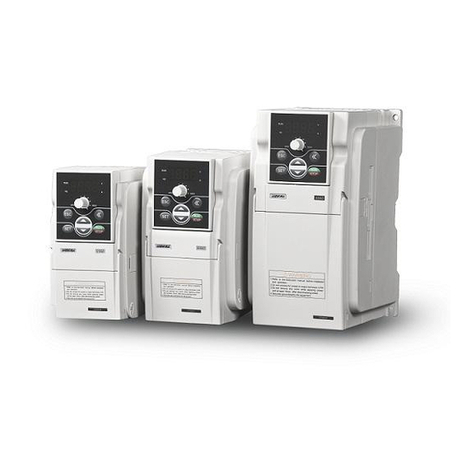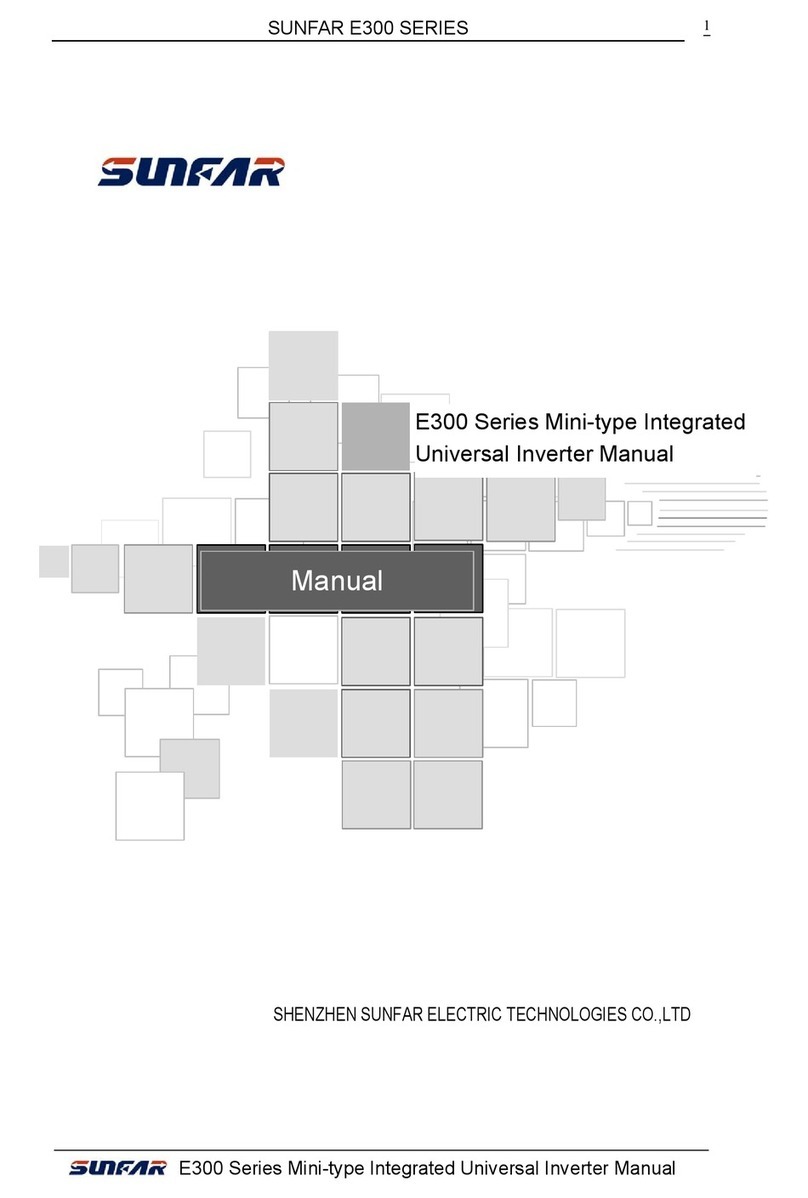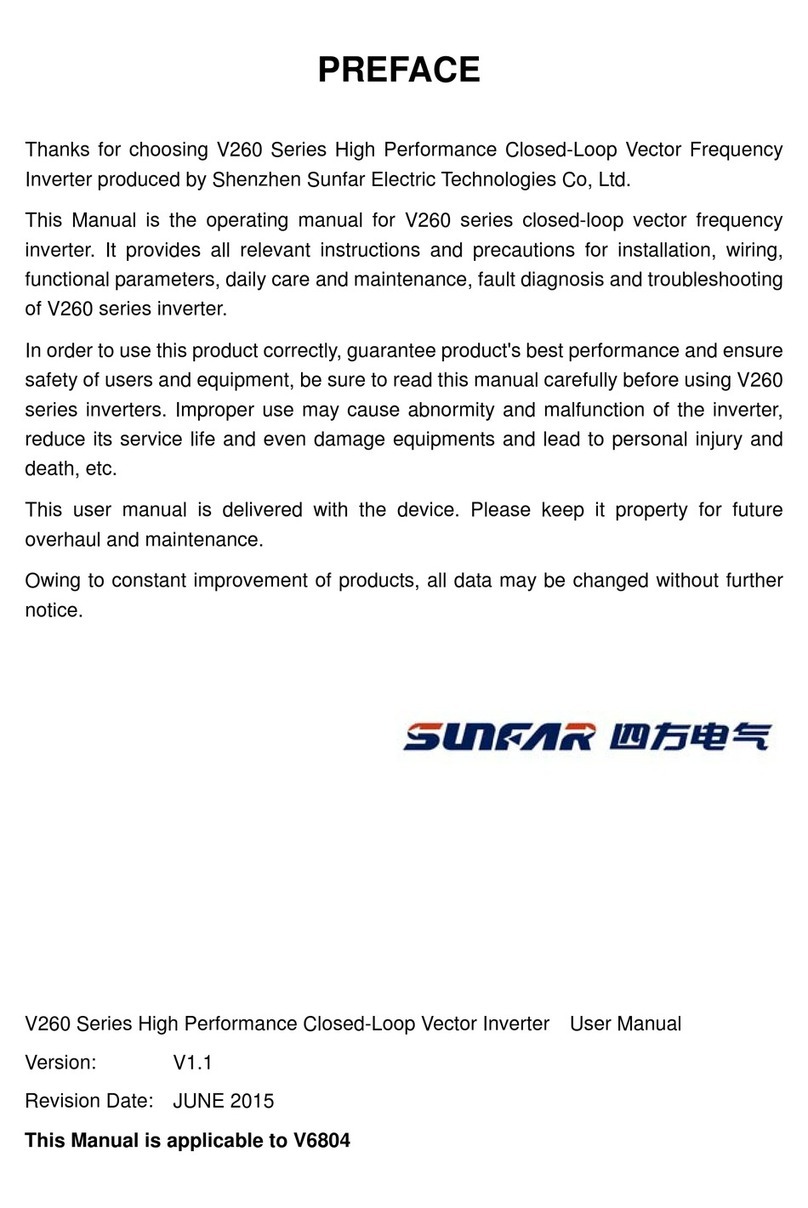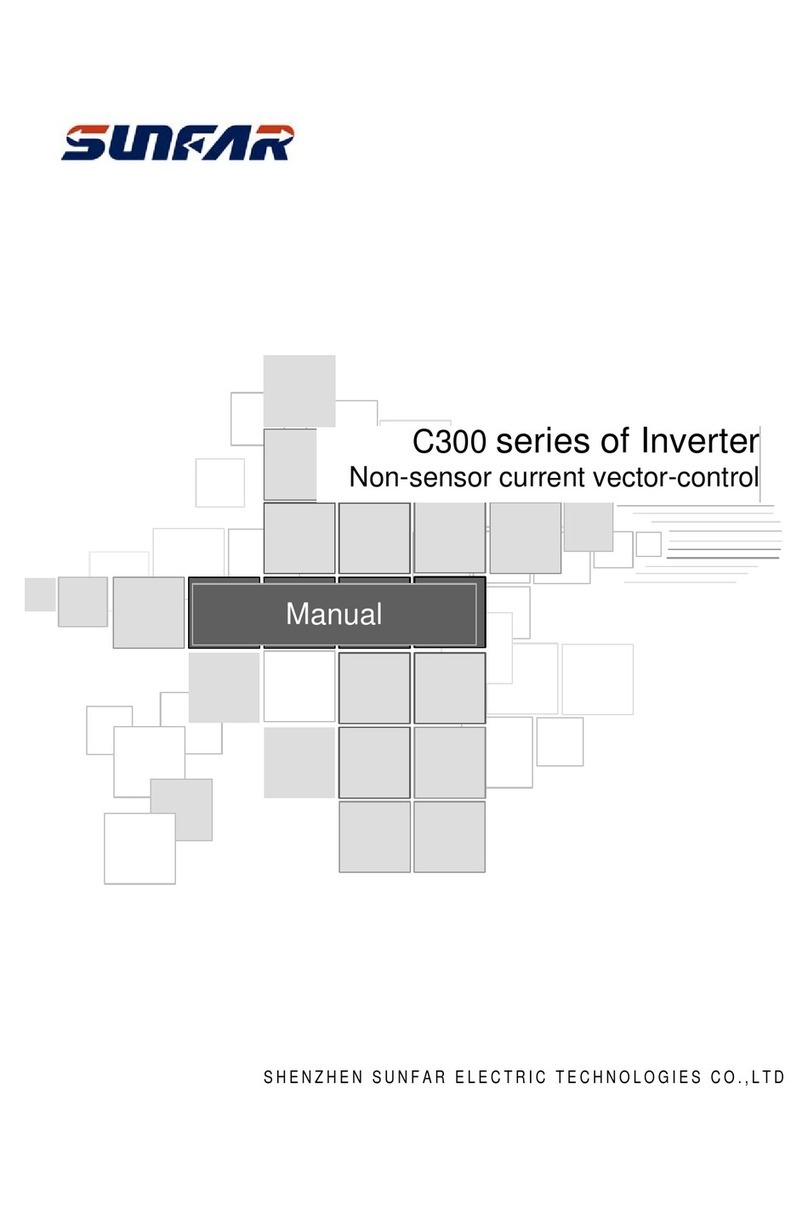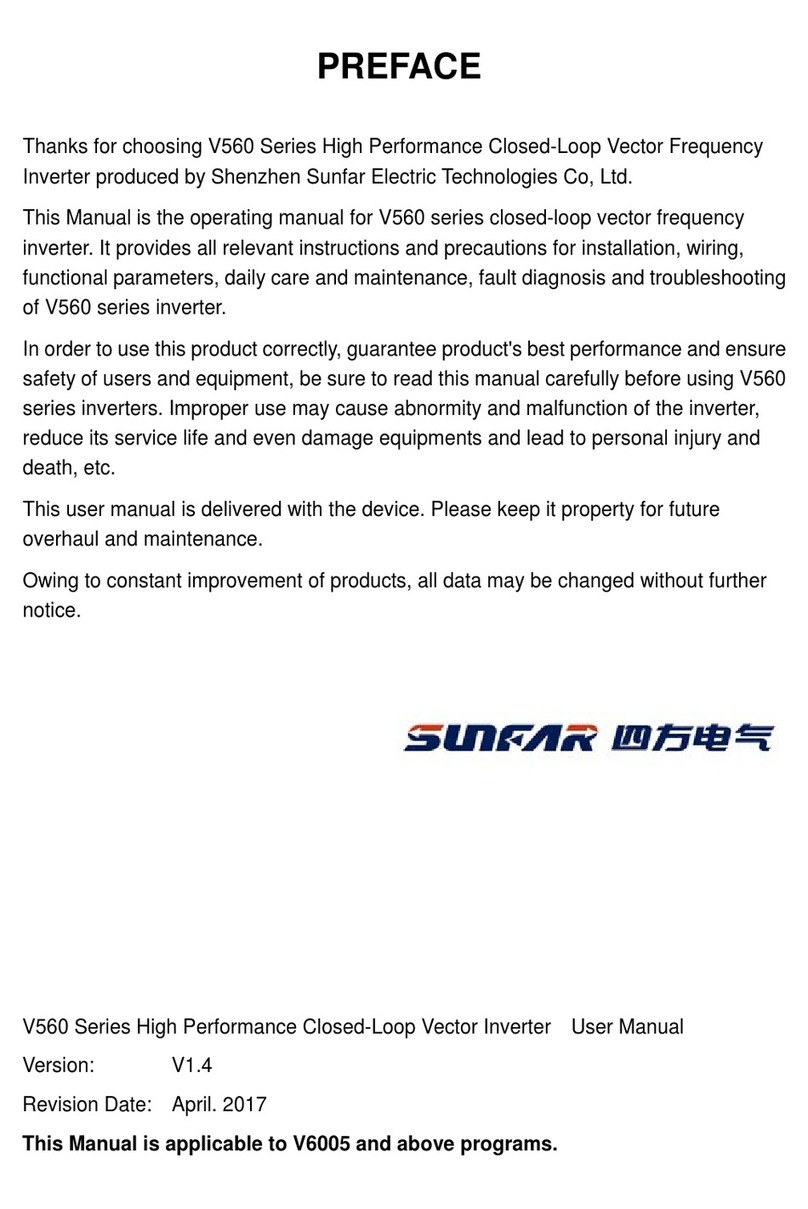
6.2.41 VIRTUAL INPUTAND OUTPUT..................................................................................................
6.2.42 PROTECTION FUNCTION CONFIGURATION PARAMETER..............................................
6.2.43 CORRECTION PARAMETER......................................................................................................
6.2.44 SPECIAL FUNCTIONAL PARAMETERS...................................................................................
6.2.45 OTHER CONFIGURATION PARAMETERS..............................................................................
6.2.46 HISTORICAL FAULT RECORDING............................................................................................
6.2.47 OPERATION STATUS AT THE LAST FAULT............................................................................
6.2.48 BASIC STATUS PARAMETER.....................................................................................................
6.2.49 AUXILIARY STATUS PARAMETER............................................................................................
6.2.50 MODBUS FIELDBUS STATUS PARAMETER..........................................................................
6.2.51 TERMINAL STATUS AND VARIABLE.........................................................................................
6.2.52 COUNTER TIMER VALUE............................................................................................................
6.2.53 SPINDLE CONTROLAND SCALE POSITIONING STATUS PARAMETER........................
6.2.54 EQUIPMENT INFORMATION......................................................................................................
7 DETAILED FUNCTION INSTRUCTIONS....................................................................................................................
7.1 SYSTEM MANAGEMENT (GROUP F0.0)...................................................................................................
7.2 RUNNING COMMAND SELECTION (GROUP F0.1)................................................................................
7.3 FREQUENCY SETUP (GROUP F0.2).........................................................................................................
7.4 CONTROL COMMAND SOURCE (GROUP F0.3).....................................................................................
7.5 STARTAND STOP (GROUP F0.4)...............................................................................................................
7.6 ACCELERATION AND DECELERATION CHARACTERISTICS (GROUP F1.0)..................................
7.7 CARRIER FREQUENCY (GROUP F1.1).....................................................................................................
7.8 V/F PARAMETERSAND OVERLOAD PROTECTION (GROUP F1.2)..................................................
7.9 STEADY RUNNING (GROUP F1.4).............................................................................................................
7.10 MOTER PARAMETERS (GROUP F2.0)....................................................................................................
7.11 PARAMETER MEASUREMENTAND PRE-EXCITATION (GROUP F2.2)..........................................
7.12 MULTIFUNCTIONAL INPUT TERMINAL (GROUP F3.0).......................................................................
7.13 MULTIFUNCTIONAL OUTPUT TERMINAL (GROUP F3.1)...................................................................
7.14 PULSE INPUT (GROUP F3.2)..................................................................................................................
7.15 PULSE OUTPUT (GROUP F3.3)................................................................................................................
7.16ANALOG INPUT (GROUP F4.0).................................................................................................................
7.17 ANALOG INPUT CURVE CORRECTION (GROUP F4.1)......................................................................
7.18 ANALOG OUTPUT (GROUP F4.2).............................................................................................................
7.19ANALOG INPUT WIRE-BREAK DETECTION (GROUP F4.3)..............................................................
59
62
62
63
64
64
65
67
67
68
68
69
69
73
73
80
82
85
87
92
94
95
97
100
101
101
108
111
112
113
114
115
116
59
61
62
62
63
64
64
65
67
67
68
68
69
69
73
73
81
83
86
88
93
95
96
98
101
102
103
109
113
113
114
114
115
116






